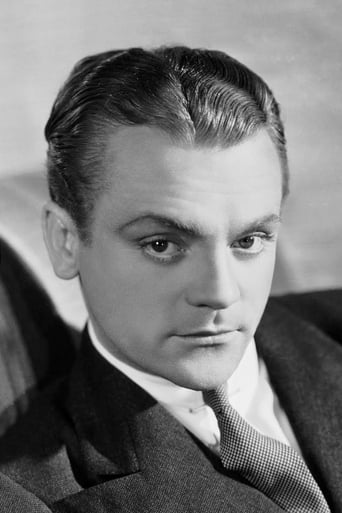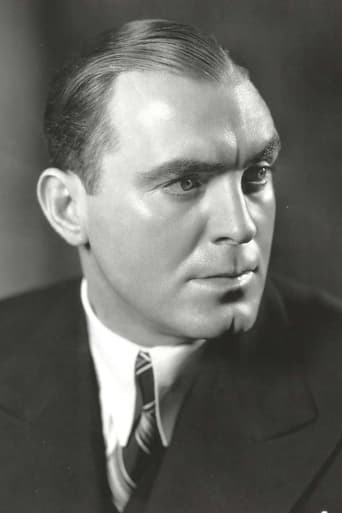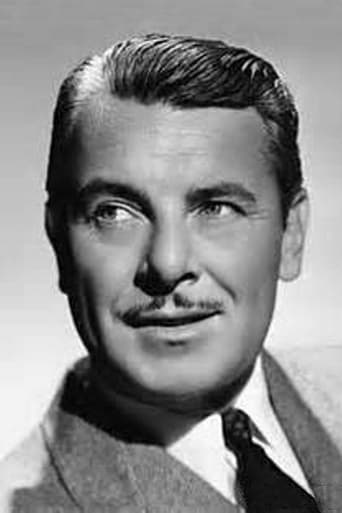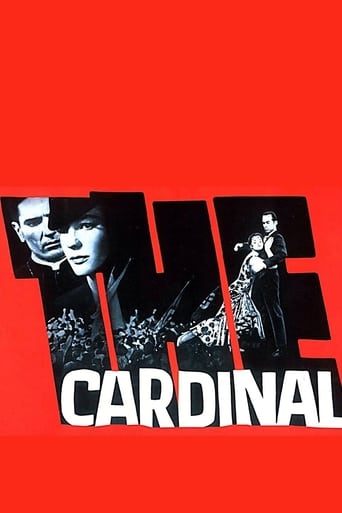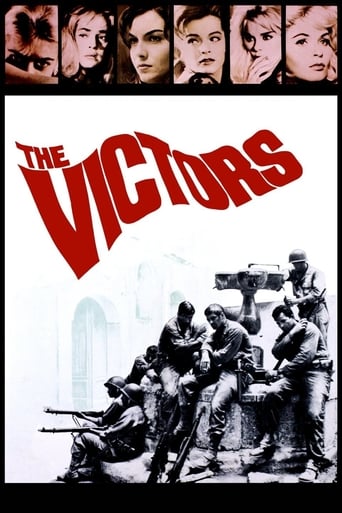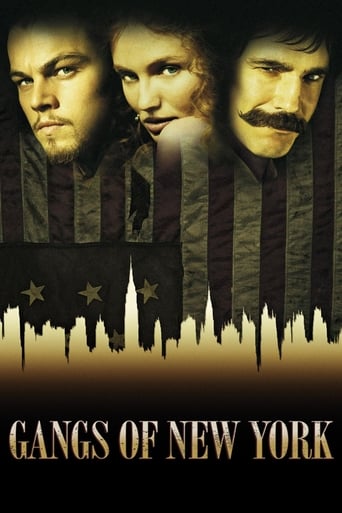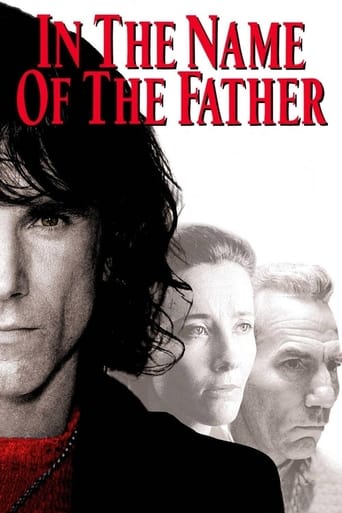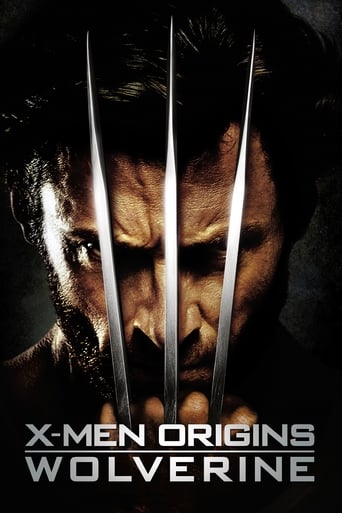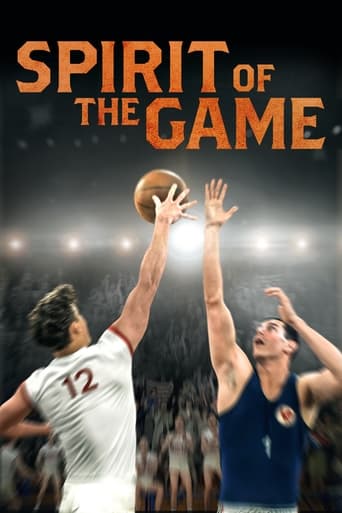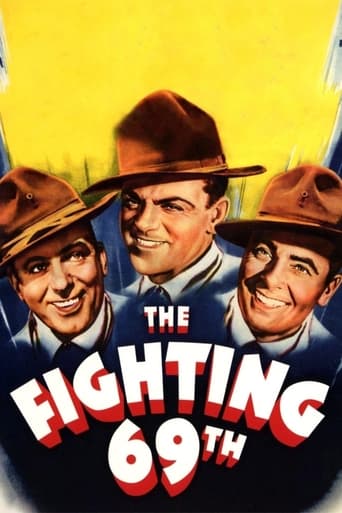
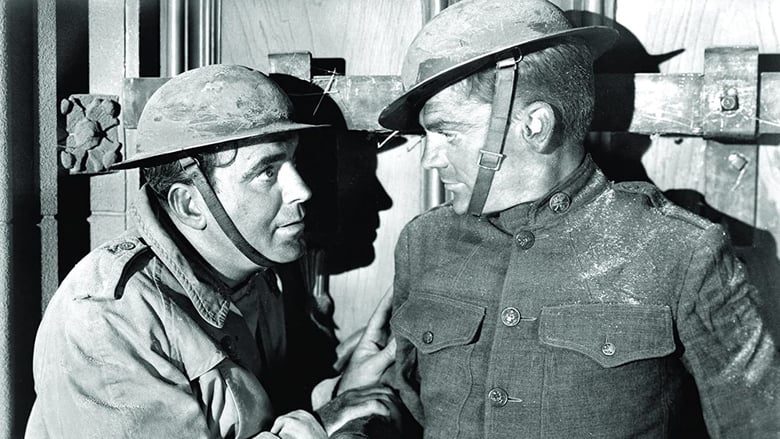
The Fighting 69th (1940)
Although loudmouthed braggart Jerry Plunkett alienates his comrades and officers, Father Duffy, the regimental chaplain, has faith that he'll prove himself in the end.
Watch Trailer
Cast
Similar titles
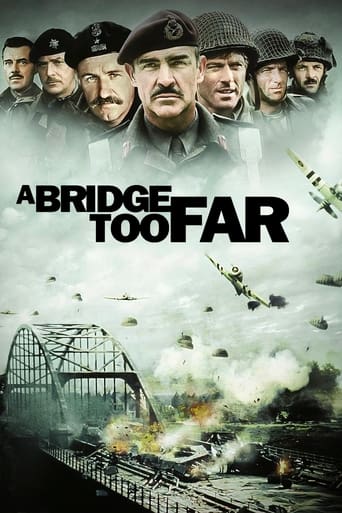
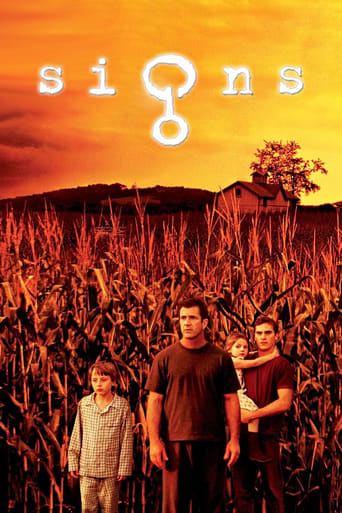
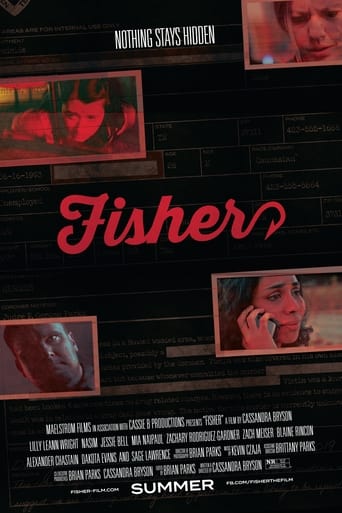
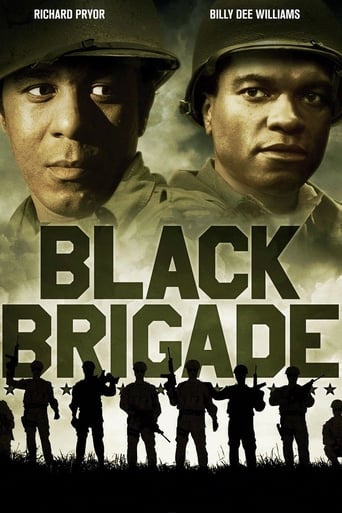
Reviews
Best movie of this year hands down!
Sadly Over-hyped
Best movie ever!
I like movies that are aware of what they are selling... without [any] greater aspirations than to make people laugh and that's it.
ONCE ONE REMEMBERS that this story, based on the career of Army Chaplain, Father Duffy, is very Hollywood, it can be properly evaluated and absorbed into the intellect. Although the story is highly fabricated and fictionalized, it nonetheless brings us in contact with a proud old Regiment and its tough, but saintly Catholic Priest Chaplain.THE STORY PRESENTS a stark contrast in characterization by pitting the "lost sheep", draftee/PFC Jerry Plunkett (James Cagney) against Father Duffy (Pat O'Brien), the Officers and the entire U.S. Army. Various characters are depicted in between the two extremes. The best character of this classification is "Crepe Hanger" Burke* (Frank McHugh); who also is a sort agent of comic relief.COURAGE UNDER FIRE is a central theme of the story. The behaviour of ordinary 'Citizen Soldiers', called "Doughboys" in World War I, is dramatized throughout the picture. The very action of taking a bunch of raw recruits from their lives in the 5 Bourroughs of NYC's Irish neighborhoods and transforming them post-haste into soldiers is an interesting subject in itself and one that provides so much of the interaction of the film.ONE VERY INTERESTING aspect of the film is the inclusion of the story of well known poet, Alfred Joyce Kilmer (18861918), who was portrayed by Warner Brothers' star, Jeffrey Lynn. Corporal Joyce Kilmer was killed in action with the NY 69th on July 30, 1918.AS A SORT of historical footnote to this story, those who visit NYC's Times Square should stop and take a look at the memorial to the Priest.ALONG WITH THE two other pictures of this period, Warner Brothers gave us a sort of World War I Trilogy. THE FIGHTING 69th is joined by SERGEANT YORK and THE ROARING 20's in giving us a cinematic picture of WWI and its effect on our way of life in the USA and the whole World.NOTE * The term "Crepe Hanger" is one of those vanishing terms that is largely unknown today. The meaning is one who is always a downer and displays a chronic pessimistic attitude toward everything. The origin of this comes from the old custom of draping the home of the recently deceased with Black Crepe Paper as a symbol of mourning.
The Fighting 69th is a fictional account of the heroics of the famed World War I Irish regiment. In this film, Cagney plays Jerry Plunkett, a scoffing, sneering rebel who mocks military tradition and has disregard for all authority. Plunkett is arrogant and cocky during training, but in his first battle he shows his cowardice, which results in a shelling from the enemy that kills a number of his comrades. Pat O'Brien plays Father Duffy, who helps the remorseful Jerry redeem himself, and Jerry becomes a hero. Warner Brother's regulars Alan Hale, Frank McHugh, George Brent and Dennis Morgan play their parts well in this large money-making film of 1940. The spectacular battle scenes inflated the film's budget, and an extensive promotional tour culminated in New York City's Time Square, where the real Father Duffy greeted the cast. He shook hands with Cagney and O'Brien as thousands of fans cheered. Some may find this film very hokey and dated while others may enjoy the entertaining James Cagney who always puts real character into his performances . I'll let the reader decide for themselves on this one.
This is a remarkable movie, though you might not guess it from the credits. I don't know what George Brent was doing in movies; he certainly couldn't act, and that is painfully obvious here. But Cagney gives a superlative performance, once again going out on a limb, this time by playing a coward. And while he does finally find some courage, he is not rewarded with love and kisses; he dies. In short, it would be hard to imagine Hollywood making a movie like this today, but it is most definitely worth seeing. Sometimes the speeches get a little preachy, but all the sentiments are good ones, and as a realistic study of the difficulties of dealing with the horrors of war, this is one remarkable movie, for any time. A great script and and some first-rate acting.
Recent American moviegoers who saw Martin Scorsese's great film, The Gangs of New York would probably think that the Civil War Draft Riots represented the unanimous Irish opinion on the American Civil War. Far from it and the regiment known as the 69th New York won honor and glory for itself in the Civil War.The Spanish American War was over before it saw any action, but that was certainly made up for in World War I. The Fighting 69th as this film was called did the stuff legends are made of and a few personal legends came out of that conflict.In the years 1938-1941 Hollywood turned out a whole load of patriotic type films. Either about past American wars or about military preparedness for the war to come, these flicks weren't deep or subtle. But they were great entertainment.The Fighting 69th is based on two real American heroes, William J. Donovan and Father Francis P. Duffy, played by George Brent and Pat O'Brien and a fictional one named Jerry Plunkett played by James Cagney. William J. Donovan (Will Bill as he was known)among other awards won the Congressional Medal of Honor. He had a distinguished career in the Harding-Coolidge Justice Department and also ran for Governor of New York in 1932, a bad year for Republicans which Donovan was. After this film was made, FDR appointed Donovan to head the Office of Strategic Services, our American intelligence service in World War II and the forerunner of the Central Intelligence Agency. His biography would be a great film, maybe someone will do it one day.When Father Francis P. Duffy died in 1932, he was one of New York's beloved figures by all faiths. He was the chaplain of the regiment, having been so since the Spanish American War. During World War II, he never stayed behind the lines, he traveled with a combat medical unit and went where the fighting was the thickest. The closest person we've had to him recently was Father Mychal Judge of the NYC Fire Department who accompanied the firemen into the burning World Trade Center on 9/11/01. A couple of Catholic priests who walked the walk were Duffy and Judge.After the war Duffy became pastor of the "Actor's church" on West 42nd Street in Hell's Kitchen, but near the theater district. When he passed on, a statue of him still there today was put in the triangle opposite Times Square. And that triangle was renamed Duffy Square.Both Donovan and Duffy figure prominently in Cagney's story in The Fighting 69th. For the first half Cagney is his usual streetwise, cocky urban self. The second half of the film as he's brought to the realities of war reveal a different Plunkett. It's also a great test of what a fabulous player James Cagney was, to show the change in Plunkett's character. The main story line is what happens to Cagney in the film and he's brilliant.If anyone is looking for a film about the causes of and how America got into World War I, this ain't the film. Some in current audiences will find it flag waving and super-patriotic and it sure is. But it's well acted flag waving.One of these days someone may do a film that concentrates solely on the careers of either Donovan or Duffy. Hopefully soon.

